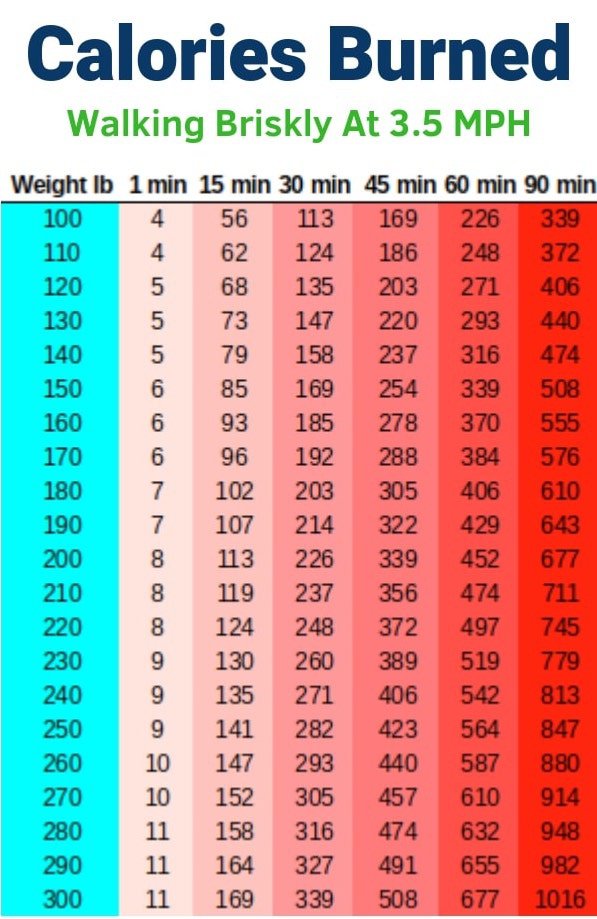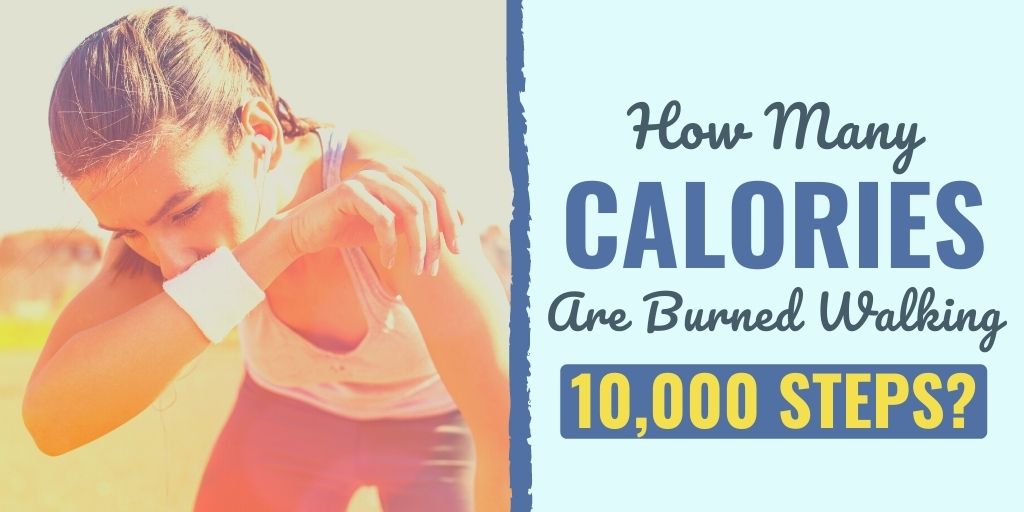You’ve probably heard that taking 10,000 steps a day is a healthy goal to strive for, but have you ever wondered just how many calories you can burn by hitting that target? In this article, we’ll reveal the surprising number of calories you can torch through those 10,000 steps and explore the benefits of reaching this daily milestone. So lace up your sneakers and get ready to uncover the calorie-burning potential of those every step you take!
The Relationship Between Steps and Calories
When it comes to calorie burn, the number of steps you take can play a significant role. Taking more steps throughout the day can increase your overall calorie expenditure, helping you achieve your weight loss or fitness goals. In this article, we will explore the relationship between steps and calories, and how various factors can affect calorie burn during walking.
Calculating Calorie Expenditure
Before delving into the relationship between steps and calories, it’s essential to understand how calorie expenditure is calculated. The number of calories you burn during any activity is influenced by several factors, including your basal metabolic rate (BMR), Walking speed, body weight, and muscle mass.
Factors Affecting Calorie Burn
Several factors can affect the number of calories you burn while walking. One of the primary factors is your walking speed. Walking at a brisk pace will generally result in a higher calorie burn compared to a leisurely stroll. Other factors that can influence calorie burn include terrain, inclines, weather conditions, and even the type of shoes you wear.
The Role of Walking Speed
Walking speed plays a crucial role in determining the number of calories burned. The faster you walk, the more energy your body requires, resulting in a higher calorie expenditure. A study published in the British Journal of Sports Medicine found that individuals who walked at a faster pace burned more calories per minute compared to those who walked at a slower pace. So, if you want to maximize your calorie burn during walking, try increasing your pace.

Understanding Basal Metabolic Rate (BMR)
To comprehend the relationship between steps and calories, it’s essential to have a clear understanding of basal metabolic rate (BMR). BMR refers to the number of calories your body needs to perform basic functions while at rest, such as breathing and digestion. Approximately 70% of your total daily calorie expenditure comes from your BMR.
Definition and Significance
Basal metabolic rate (BMR) is influenced by several factors, including age, gender, weight, height, and body composition. It represents the minimum number of calories required to sustain bodily functions while at rest. BMR is influenced by factors such as age, as metabolism tends to slow down with age, and body composition, with muscle mass being more metabolically active than fat mass.
How It Relates to Calorie Expenditure
Your basal metabolic rate (BMR) serves as the foundation for determining your daily calorie needs. By understanding your BMR, you can calculate your total daily calorie expenditure, which includes the calories burned through activities such as walking. It’s important to consider both your BMR and the calories burned through physical activity to effectively manage your calorie intake and achieve your health and fitness goals.

Determining Caloric Expenditure of Walking
Walking is a popular and accessible form of exercise that can contribute significantly to your daily calorie burn. To accurately determine the number of calories burned during walking, several factors need to be taken into account.
The Average Calorie Burn of Walking
On average, a person burns approximately 100 calories for every mile they walk. However, this value can vary depending on individual factors, such as weight, walking speed, and terrain. To calculate your precise calorie expenditure during walking, it’s ideal to utilize more specific methods, such as using metabolic equivalents (METs) or heart rate monitors.
Using MET to Estimate Calorie Expenditure
Metabolic equivalents (METs) provide a standardized measure of the energy expenditure of various activities, including walking. One MET is equivalent to the amount of energy expended while at rest. For example, walking at a brisk pace may have a MET value of 3.5, meaning you are burning 3.5 times more calories than you would be at rest. By multiplying your body weight by the MET value of an activity, you can estimate the number of calories you burn during that activity.
Walking and Heart Rate
Heart rate can also be a useful indicator of calorie burn during walking. The higher your heart rate, the more calories your body is likely to burn. By monitoring your heart rate during walking, whether through wearable devices or manual checks, you can get a better understanding of the intensity of your activity and adjust your pace accordingly to optimize calorie burn.

The Impact of Body Weight on Calories Burned
Body weight plays a significant role in determining the number of calories burned during walking. Essentially, the more you weigh, the more calories you will burn during any physical activity, including walking.
Body Weight and Caloric Burn
A study published in Medicine and Science in Sports and Exercise found that individuals with a higher body weight burned more calories while walking the same distance as those with a lower body weight. This is because it takes more energy to move a heavier body, resulting in increased calorie expenditure.
The Role of Muscle Mass in Calorie Expenditure
Aside from body weight, muscle mass also influences the number of calories burned during walking. Muscles are more metabolically active than fat, meaning they require more energy even at rest. Therefore, individuals with a higher proportion of muscle mass tend to have a higher basal metabolic rate (BMR) and burn more calories during physical activities like walking.

The Relationship Between Step Count and Calorie Burn
Now let’s explore the direct relationship between step count and calorie burn. Step count refers to the number of steps taken throughout the day and is often used as a measure of physical activity.
Step Count and Calorie Burn
Increas


